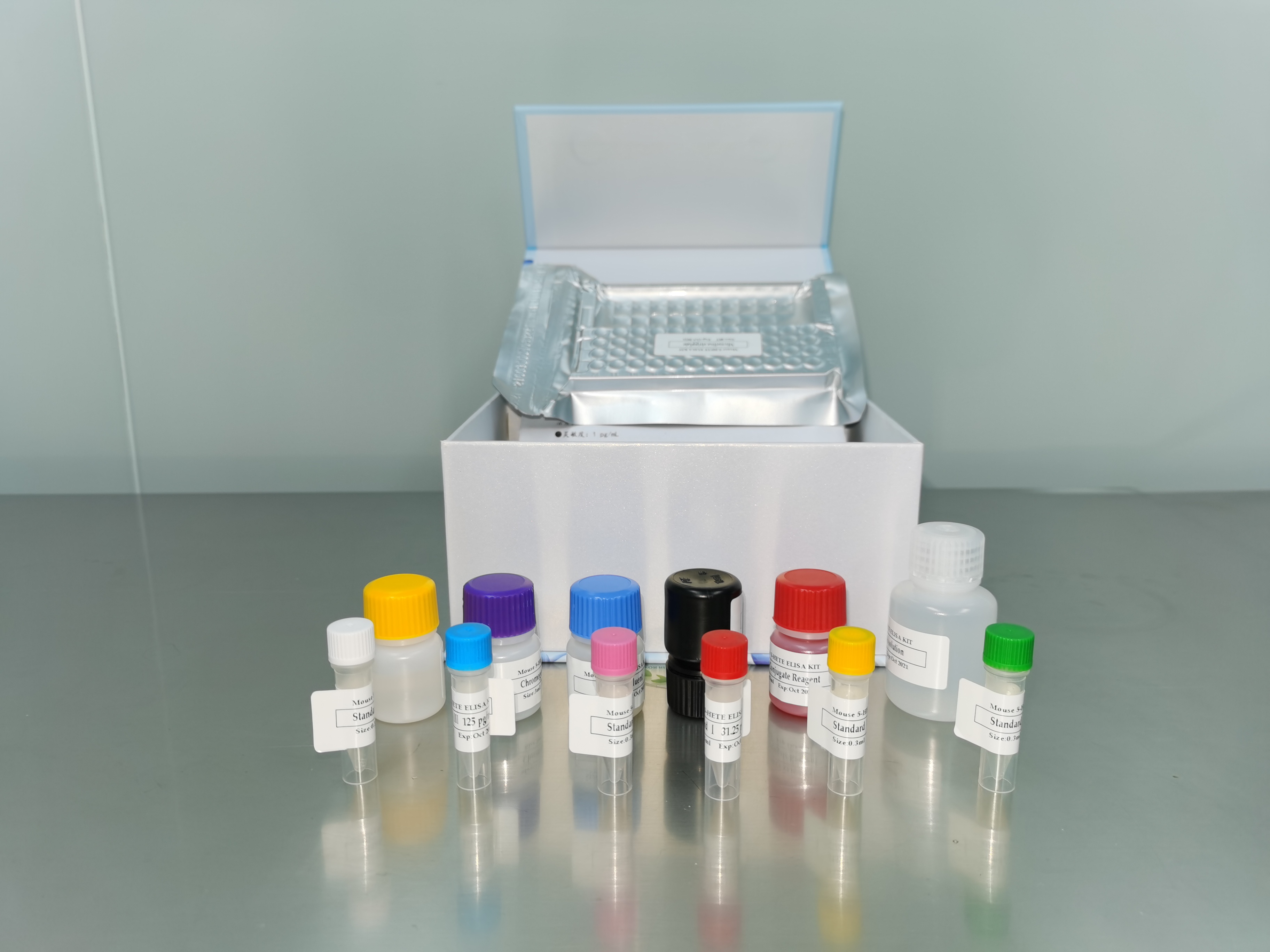| 产品名称: | Acanthamoeba castellanii (Douglas) Page |
|---|---|
| 商品货号: | TS135024 |
| Strain Designations: | CCAP 1501/2B |
| Application: | Biochemical and molecular characterization |
| Biosafety Level: | 2
Biosafety classification is based on U.S. Public Health Service Guidelines, it is the responsibility of the customer to ensure that their facilities comply with biosafety regulations for their own country. |
| Isolation: | well, Cincinnati, OH, 1959 |
| Product Format: | freeze-dried |
| Storage Conditions: | Freeze-dried: 2°C to 8°C |
| Axenic/Xenic: | Axenic |
| Type Strain: | no |
| Comments: | Experimental pneumonitis and encephalitis Biochemical and molecular characterization DNA, RNA and Protein Sequences phylogeny |
| Medium: | ATCC® Medium 712: PYG w/ Additives |
| Growth Conditions: | Temperature: 25°C |
| Cryopreservation: |
|
| Name of Depositor: | CCAP |
| Chain of Custody: | ATCC <-- CCAP <-- R.J. Duma <-- . . .xa0 <-- S.L. Chang |
| Year of Origin: | 1959 |
| References: | Martinez AJ, et al. Experimental pneumonitis and encephalitis caused by Acanthamoeba in mice: pathogenesis and ultrastructural features. J. Infect. Dis. 131: 692-699, 1975. PubMed: 48530 Chung DI, et al. Biochemical and molecular characterization of a strain KA/S2 of Acanthamoeba castellanii isolated from Korean soil. Korean J. Parasitol. 34: 79-85, 1996. PubMed: 8820744 Daggett PM, et al. Distribution and possible interrelationships of pathogenic and nonpathogenic Acanthamoeba from aquatic environments. Microb. Ecol. 8: 371-386, 1982. Byers TJ, et al. Genes of Acanthamoeba: DNA, RNA and protein sequences (a review). J. Protozool. 37: 17S-25S, 1990. PubMed: 1701831 Daggett PM, et al. A molecular approach to the phylogeny of Acanthamoeba. Biosystems 18: 399-405, 1985. PubMed: 4084681 Kong HH, et al. Mitochondrial DNA restriction fragment length polymorphism (RFLP) and 18S small-subunit ribosomal DNA PCR-RFLP analyses of Acanthamoeba isolated from contact lens storage cases of residents in southwestern Korea. J. Clin. Microbiol. 40: 1199-1206, 2002. PubMed: 11923331 Reveiller FL, et al. Species specificity of a monoclonal antibody produced to Naegleria fowleri and partial characterization of its antigenic determinant. Parasitol. Res. 86: 634-641, 2000. PubMed: 10952262 |


